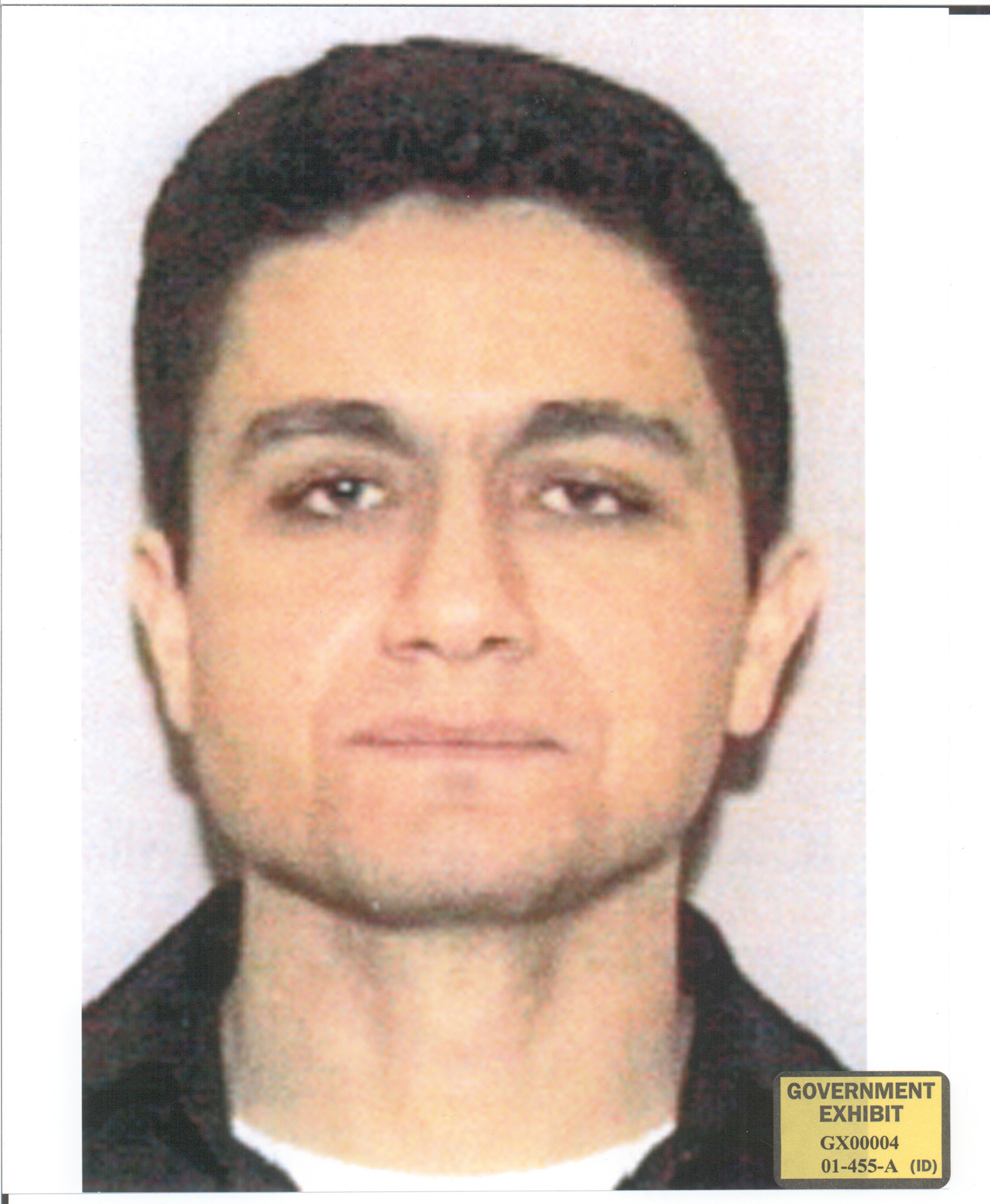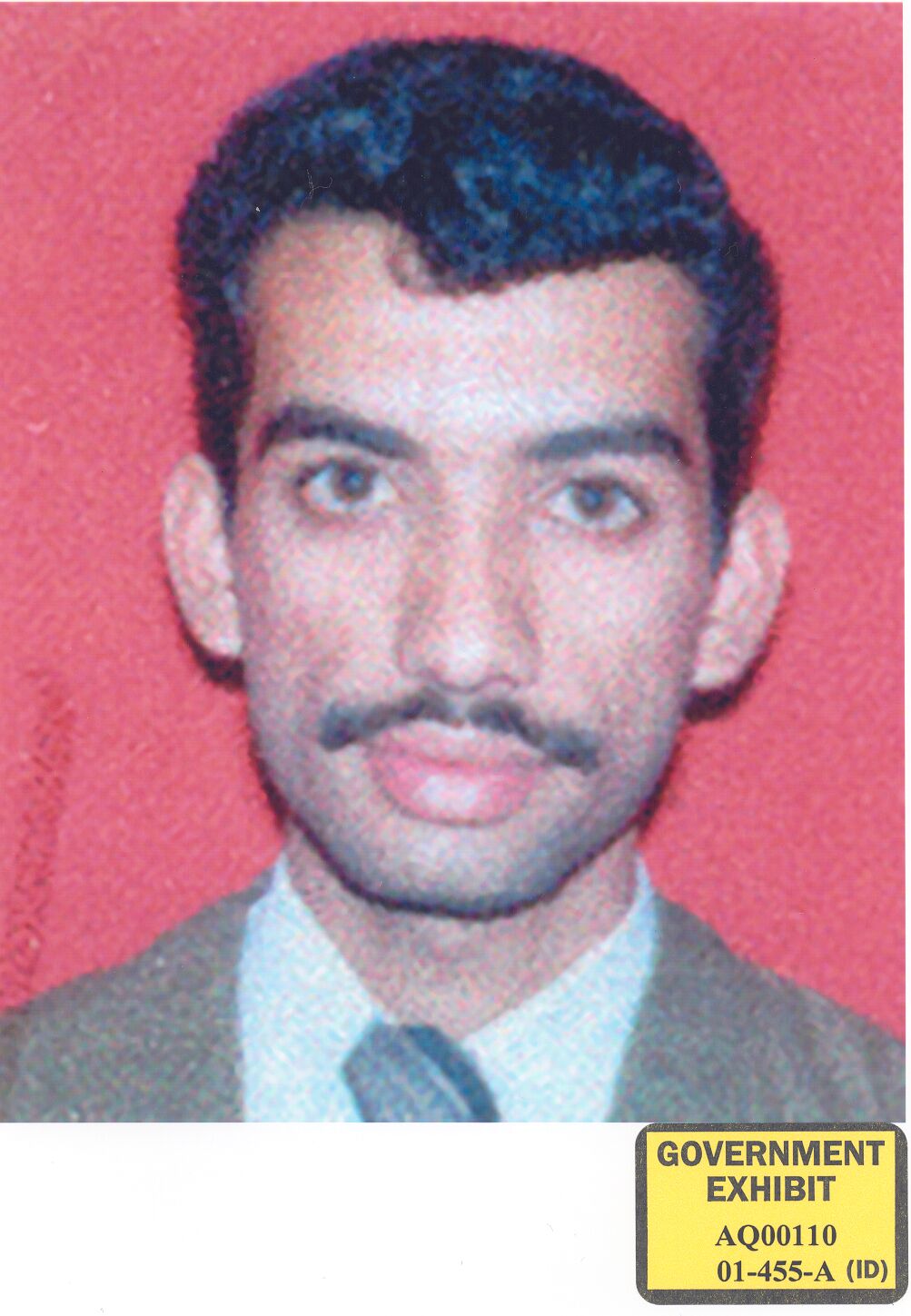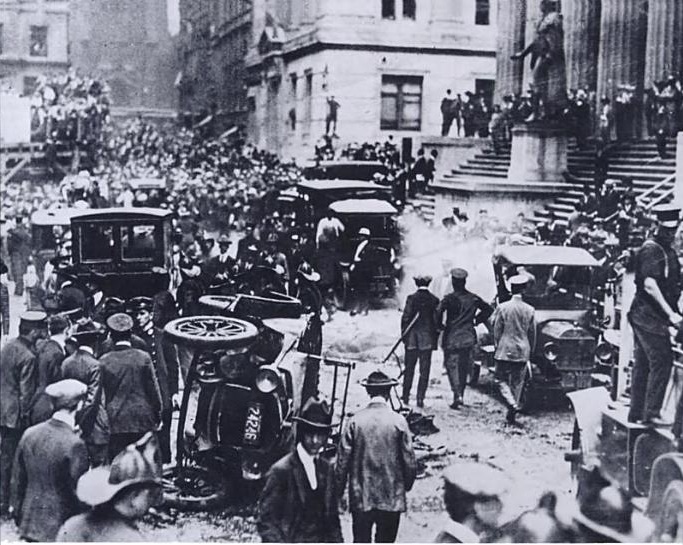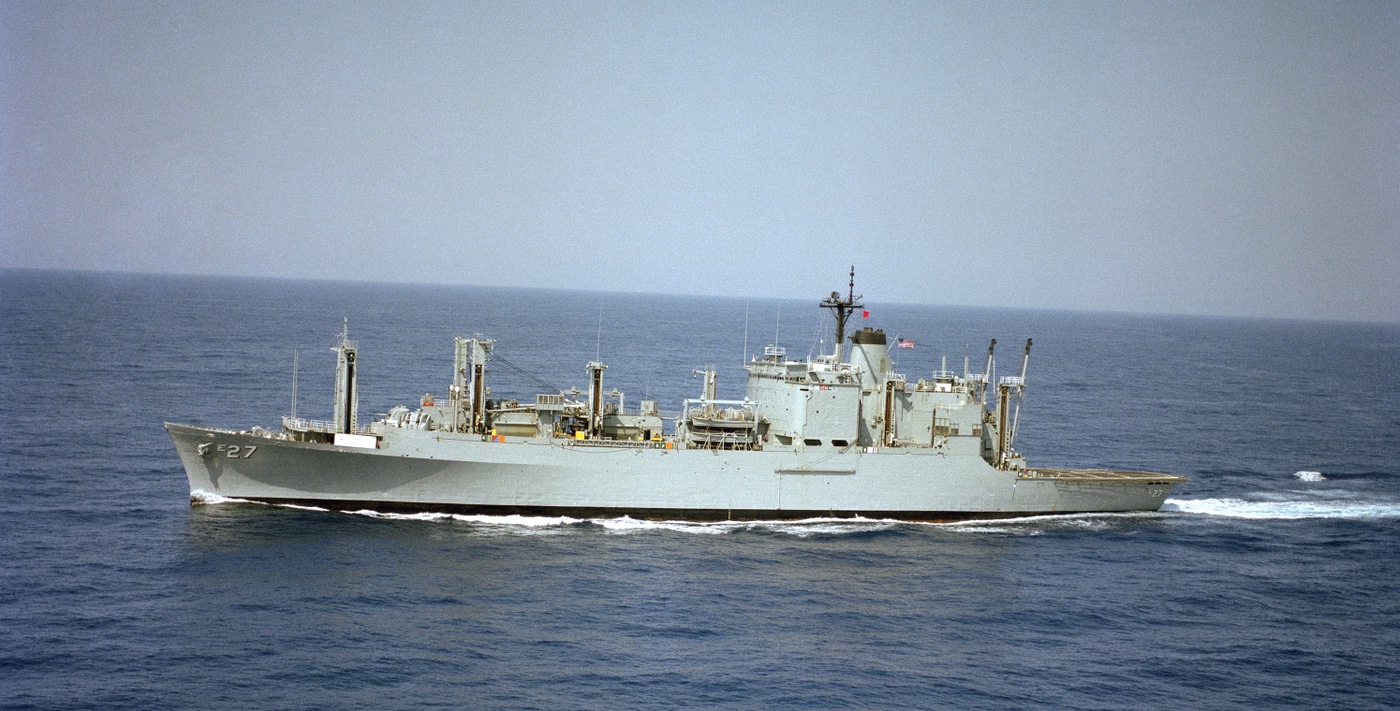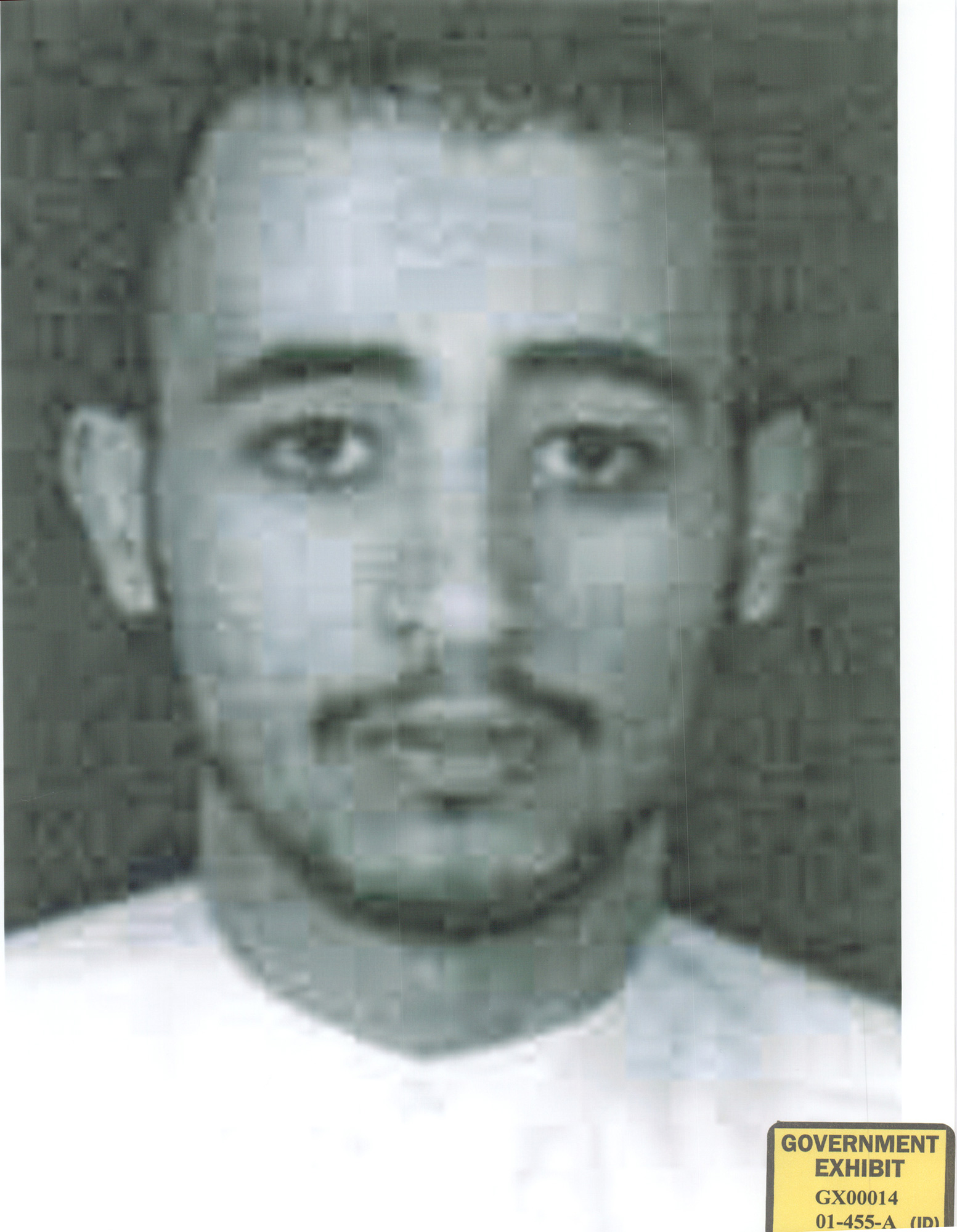
Saudi citizen Hani Hanjour, who would pilot the hijacked United Airlines plane into the Pentagon, is issued a visa in Jeddah for travel to the United States to attend flight training, a decade before 9/11. He is the first 9/11 hijacker known to visit the U.S.
In November 1997, he again applied for and received an American visa, unrelated to the terrorist attacks. To the question of whether he had ever applied for a U.S. visa before, he answers “no.” He also answers “no” to the question, “Have you ever been in the U.S.A.?”
The 9/11 Commission stated that it was “difficult to establish the intent behind these false statements.” The Commission speculated that they may have been made inadvertently by a travel agent who filled out the form on Hanjour’s behalf. Still, they concluded that it was “perplexing” that Hanjour might try to hide previous travel to the U.S. because it actually works in his favor—that is, that he was not seeking to clandestinely relocate to the U.S. After 9/11, obviously the criteria for issuing visas to Arab men was changed.
